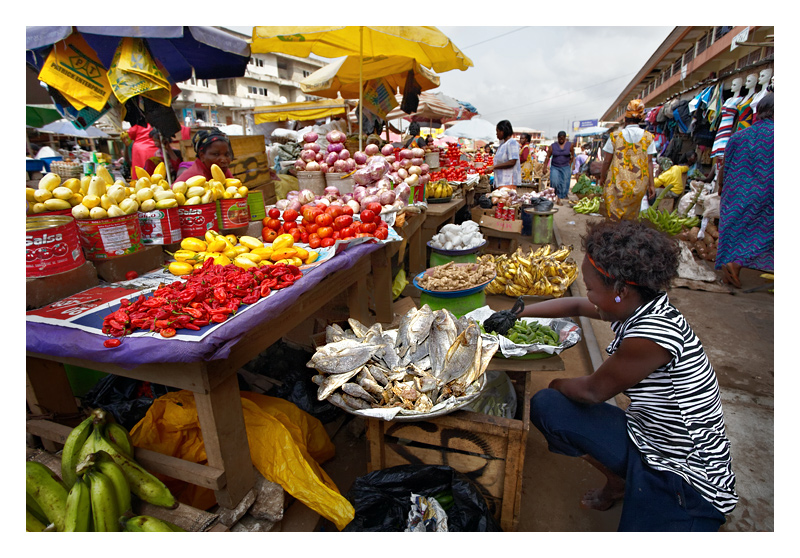MARCH 16, 2025
Over Half of Ghana’s Food in 2024 Was Imported - Ghanian Statistical Service

In 2024, Ghana's reliance on imported food reached significant levels, with the nation spending approximately GH₵38.95 billion to meet local demand. According to the Ghana Statistical Service (GSS), key imported items—including grains, animal and vegetable fats and oils, cereals, meat, sugar products, and fish—comprised over half (53.6%) of the country's total food imports.
Between 2023 and 2024, the value of food product imports increased by GH₵12.2 billion, while food exports rose by GH₵12.6 billion. However, the share of food exports declined by 2.4 percentage points, whereas food imports grew by 0.8 percentage points, indicating a growing dependence on foreign food supplies.However, the share of food exports declined by 2.4 percentage points, whereas food imports grew by 0.8 percentage points, indicating a growing dependence on foreign food supplies.
Breakdown of Ghana's Major Food Imports in 2024:
Cereal Grains: GH₵3.37 billion (8.6% of total food imports), highlighting challenges in meeting local demand despite the country's agricultural potential.
Meat Products: Frozen cuts and offal of fowl (GH₵2.58 billion) and animal guts, bladders, and stomachs (GH₵2.69 billion) together accounted for 13.5% of food imports.
Sugar: Imports of powdered, crystal, or granulated sugar totaled GH₵2.37 billion, reflecting a high domestic consumption not met by local production.
Raw Cocoa Beans: Despite being a leading cocoa producer, Ghana imported GH₵2 billion worth of raw cocoa beans, possibly to meet specific needs of local processing industries.
Rice: Semi-milled or wholly milled rice imports stood at GH₵1.98 billion, with broken rice adding GH₵1.07 billion, totaling 7.8% of food imports.
Shea Products: Shea oil (GH₵1.86 billion) and shea nuts (GH₵1.62 billion) were significant imports, despite the presence of local shea tree plantations.
Frozen Fish: Imports amounted to GH₵1.26 billion, underscoring the gap in domestic fish production.
Notably, a broad category labeled "all other food products" constituted 46.6% of total food imports, encompassing various processed and specialty items. A concerning aspect of this import reliance is that over 53% of these food imports originate from just three countries.
This growing reliance on imported food highlights the urgent need for stronger trade partnerships and investment in the sector—making the Food and Beverage West Africa Exhibition the ideal platform to discover new suppliers, explore regional opportunities, and drive sustainable food security across the continent.
To Register your attendance please Click Here
If you are interested in entering the West African F&B market or increasing your market share even further please Click Here
For more information surrounding the West Africa Food and and Beverage Industry, please Click Here